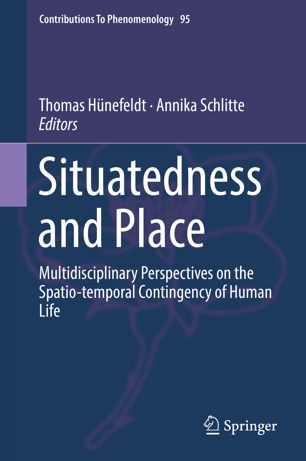

Most ebook files are in PDF format, so you can easily read them using various software such as Foxit Reader or directly on the Google Chrome browser.
Some ebook files are released by publishers in other formats such as .awz, .mobi, .epub, .fb2, etc. You may need to install specific software to read these formats on mobile/PC, such as Calibre.
Please read the tutorial at this link: https://ebookbell.com/faq
We offer FREE conversion to the popular formats you request; however, this may take some time. Therefore, right after payment, please email us, and we will try to provide the service as quickly as possible.
For some exceptional file formats or broken links (if any), please refrain from opening any disputes. Instead, email us first, and we will try to assist within a maximum of 6 hours.
EbookBell Team

4.8
74 reviewsThis book explores the ways in which the spatio-temporal contingency of human life is being conceived in different fields of research. Specifically, it looks at the relationship between the situatedness of human life, the situation or place in which human life is supposed to be situated, and the dimensions of space and time in which both situation and place are usually themselves supposed to be situated.
Over the last two or three decades, the spatio-temporal contingency of human life has become an important topic of research in a broad range of different disciplines including the social sciences, the cultural sciences, the cognitive sciences, and philosophy. However, this research topic is referred to in quite different ways: while some researchers refer to it in terms of “situation”, emphasizing the “situatedness” of human experience and action, others refer to it in terms of “place”, emphasizing the “power of place” and advocating a “topological” or “topographical turn” in the context of a larger “spatial turn”. Interdisciplinary exchange is so far hampered by the fact that the notions referred to and the relationships between them are usually not sufficiently questioned. This book addresses these issues by bringing together contributions on the spatio-temporal contingency of human life from different fields of research.